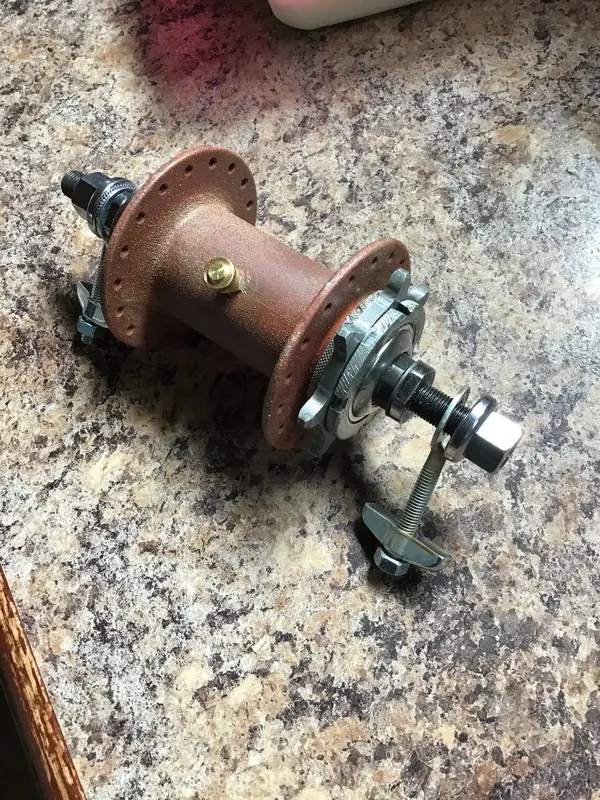You are using an out of date browser. It may not display this or other websites correctly.
You should upgrade or use an alternative browser.
You should upgrade or use an alternative browser.
Removing an 1890s two piece crank.
- Thread starter Nabeaquam
- Start date
Nabeaquam
BoTM Winner
Once I wrestle the bike apart I should make a build forum here? But where. Fixed/single speed or pre 1992 road bikes? I plan to straighten parts and use filler rod on the dents. I’m thinking for paint that a two part black first coat followed by satin crimson. Then fine wet sand and rubbing compound to bring some of the black out, worn look. The black pigment was powdered graphite and crimson pigment was powdered insects. Here is my color inspiration.


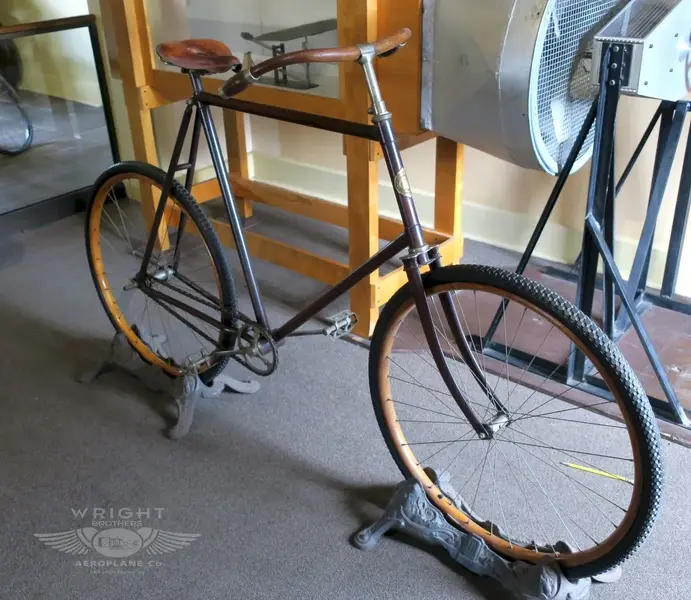
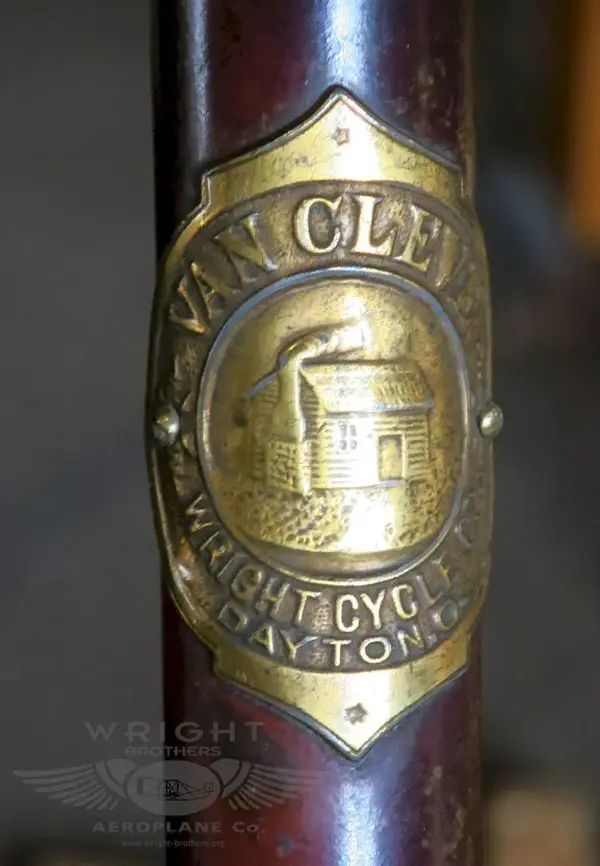
Last edited:
Nabeaquam
BoTM Winner
$3,177.02 todays US dollars. Not cheap.Roughly 2.7k £
Mickeyspinn
rBotM Winner
Yes definitely do a build thread! All the gore all the bust knuckle action....it is cough "retro" after all! Important for all to see...if it weren't for these machines where would we be now eh!
I'd love to see more.....my tastes in bikes are certainly starting to envelope the older bikes and machines....theres a little magic about them not found on anything from the last 10 decades ....the pioneer spirit !
I'd love to see more.....my tastes in bikes are certainly starting to envelope the older bikes and machines....theres a little magic about them not found on anything from the last 10 decades ....the pioneer spirit !
Mickeyspinn
rBotM Winner
I think a bike like this you were "someone" if you owned it! However when you see what you get nowadays for your money it's not really so bad, imagine shop bought new bikes with parts individually machined...no computers no cnc just skill...and no aluminium! You'd be hard pressed to get something at 22lb in steel weight for that money!$3,177.02 todays US dollars. Not cheap.
Nabeaquam
BoTM Winner
I wouldn’t feel too bad making a build forum here as they were exported in quanty to the UK, so it would be sort of legit. I have another bike similar to this one, a Narrow Tread Racycle. I rebuilt the original wood wheels, but they need too much truing. I have to fiddle with them each time I ride. It’s got a cracked bb race and I haven’t been able to find a replacement. It feels like it has a slightly loose bb, but I ride it anyway. I used it once on an outdoor velodrome when all the elitists were off gluing on new tyres. For the Monarch I’m making faux wood wheels to avoid the constant fiddling. Sacrilege I know but the monarch manufactured hubs are pretty bad and the wood rims have dry rot. The front faux wood wheel for the Monarch is finished.Yes definitely do a build thread! All the gore all the bust knuckle action....it is cough "retro" after all! Important for all to see...if it weren't for these machines where would we be now eh!
I'd love to see more.....my tastes in bikes are certainly starting to envelope the older bikes and machines....theres a little magic about them not found on anything from the last 10 decades ....the pioneer spirit !

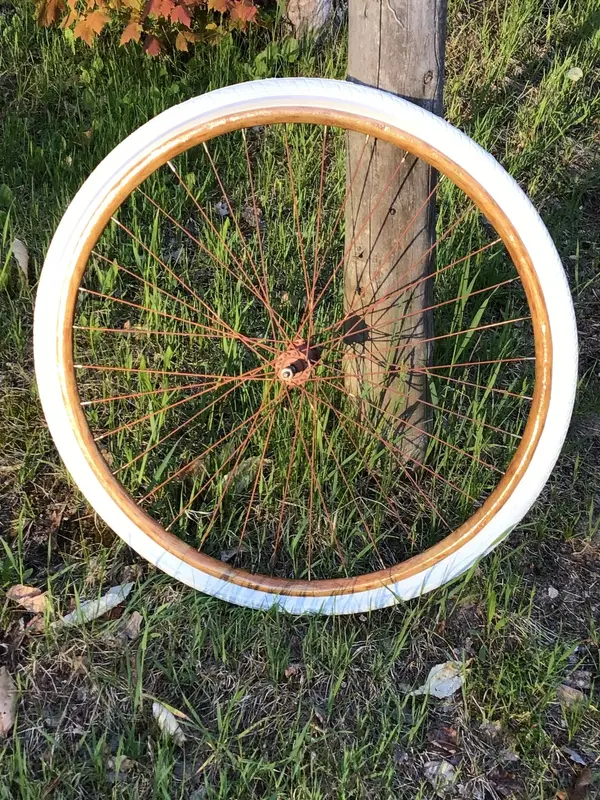
Last edited:
The bike is currently a basket case but here is an image of it from 1890s advertisement. Fixed gear no brakes, safety bicycle, ha, ha.
Safety is a relative thing. Compared to descending a hill on an Ordinary, it's positively belt and braces!
Nabeaquam
BoTM Winner
The wood wheels themselves are incredibly light. It’s actually amazing. The single tube junky tyres commonly used in the USA back then were very heavy compared to what was used on your side. You could get it with the euro style tyres, but I’m thinking hardly any were sold that way here because single tube was the common tyre here. We didn’t know what the euros were using, insulated, and didn’t know any better. They were unrepararable by the home mechanic. It was an industrial conspiracy between the Pope bicycle company and USA tyre manufactures, cheap to make, keeping new bicycle prices down and needed frequent replacement. They were glued to the rim with shellack. Modern 33 mm cyclocross tubulars fit but they are too narrow to fully seat on the old rims. I ride one of my bikes set up this way but corner with caution. An industrial win win at the detriment to the consumer. It set us and the Canadian races badly behind the rest of the world as good tyres we’re hard to get here. I bet the exported ones had clincher or the tubular type. I think that’s what was used on the 22 pound advertised bicycle or the light weight fragile single tube because the more robust and practical single tube tires were too heavy to get that low weight. The three bikes I have with single tube tyres have incredibly heavy tires. These may not have been the light weight performance ones but the heavy duty more durable ones.I think a bike like this you were "someone" if you owned it! However when you see what you get nowadays for your money it's not really so bad, imagine shop bought new bikes with parts individually machined...no computers no cnc just skill...and no aluminium! You'd be hard pressed to get something at 22lb in steel weight for that money!
https://onlinebicyclemuseum.co.uk/american-single-tube-tyres/
Last edited:
Nabeaquam
BoTM Winner
I found a stamping on the crank spindle. 62-0-who can tell? I’m wondering if it’s a date code, June, 1892, first year of production?The wood wheels themselves are incredibly light. It’s actually amazing. The single tube junky tyres commonly used in the USA back then were very heavy compared to what was used on your side. You could get it with the euro style tyres, but I’m thinking hardly any were sold that way here because single tube was the common tyre here. We didn’t know what the euros were using, insulated, and didn’t know any better. They were unrepararable by the home mechanic. It was an industrial conspiracy between the Pope bicycle company and USA tyre manufactures, cheap to make, keeping new bicycle prices down and needed frequent replacement. They were glued to the rim with shellack. Modern 33 mm cyclocross tubulars fit but they are too narrow to fully seat on the old rims. I ride one of my bikes set up this way but corner with caution. An industrial win win at the detriment to the consumer. It set us and the Canadian races badly behind the rest of the world as good tyres we’re hard to get here. I bet the exported ones had the track or tubular tyres as we call them. I think that’s what was used on the 22 pound advertised bicycle because the single tube tires were too heavy to get that low weight.
https://onlinebicyclemuseum.co.uk/american-single-tube-tyres/
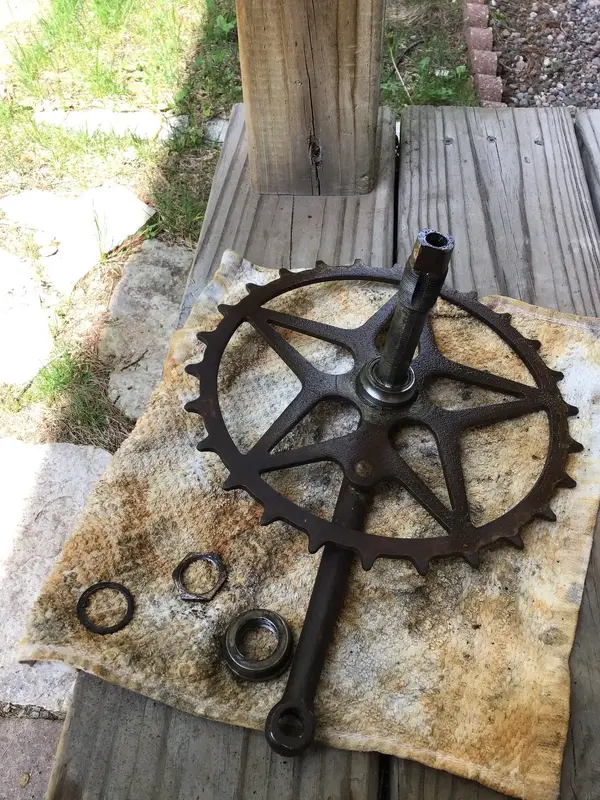
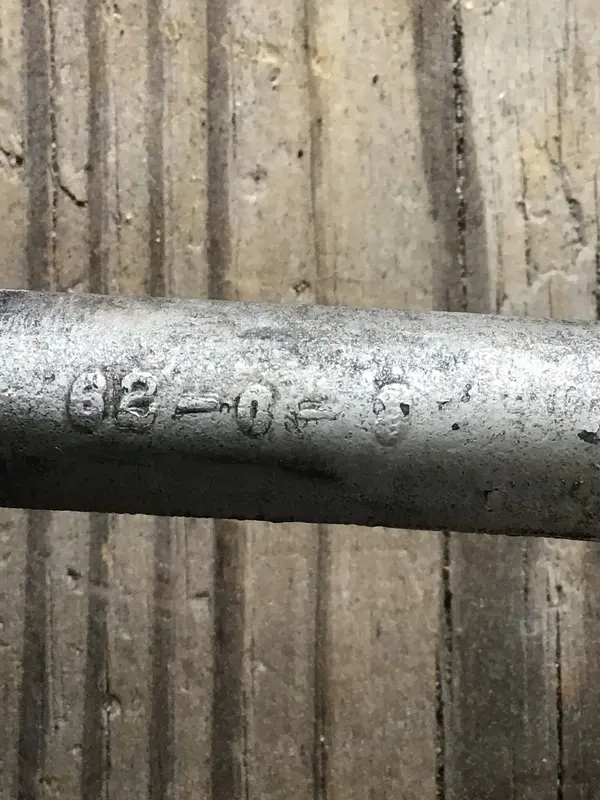
Similar threads
- Replies
- 20
- Views
- 2K
- Replies
- 9
- Views
- 2K
- Replies
- 24
- Views
- 6K
- Replies
- 15
- Views
- 3K
